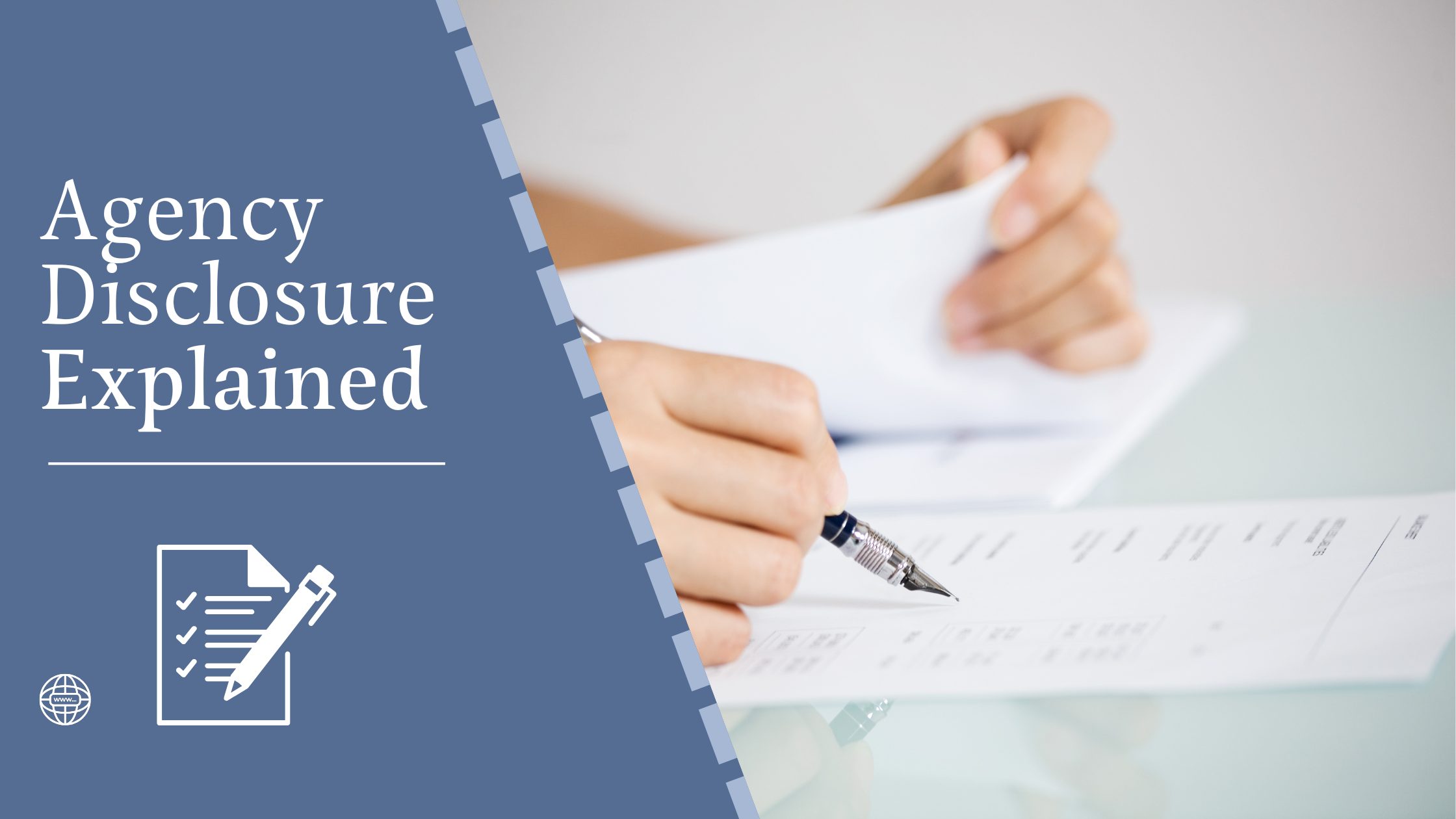
One of the first things you’ll come across in a real estate transaction is something called an “Agency Disclosure.” It might sound like legal fine print—but it’s actually a simple and important document that lays the foundation for how I (or any agent) work with you.
What Is Agency Disclosure?
In Minnesota, real estate agents are required by law to provide an Agency Disclosure form at our first substantive contact. This form is not a contract. Instead, it outlines the types of agency relationships available so you understand who represents whom in a transaction.
Why It Matters
Agency disclosure ensures transparency. It helps you know whether an agent is working for you, with you, or with the other side. Knowing this gives you clarity on who’s obligated to advocate for your best interests.
The Main Types of Agency:
-
Seller’s Agent (Listing Agent): Represents the seller only. Their duty is to get the best terms for the seller.
-
Buyer’s Agent: Represents the buyer only. Their job is to advocate for your interests throughout the process.
-
Dual Agency: One agent (or brokerage) represents both the buyer and the seller in the same transaction. This requires written consent from both parties, and limits some advocacy due to neutrality requirements.
-
Facilitator (Non-Agent): Provides assistance without representing either side. This role is less common in traditional residential transactions.
So… What Do You Sign?
You’ll typically sign to acknowledge you’ve received the Agency Disclosure form—not to commit to working with an agent. If and when you decide to move forward, we’ll sign a formal Representation Agreement (either as a buyer or seller) that officially creates the working relationship.
In Summary:
Agency Disclosure is all about transparency—making sure everyone knows who’s working for whom. It’s a simple but key step in protecting your interests as you begin the home buying or selling process.


 Facebook
Facebook
 X
X
 Pinterest
Pinterest
 Copy Link
Copy Link